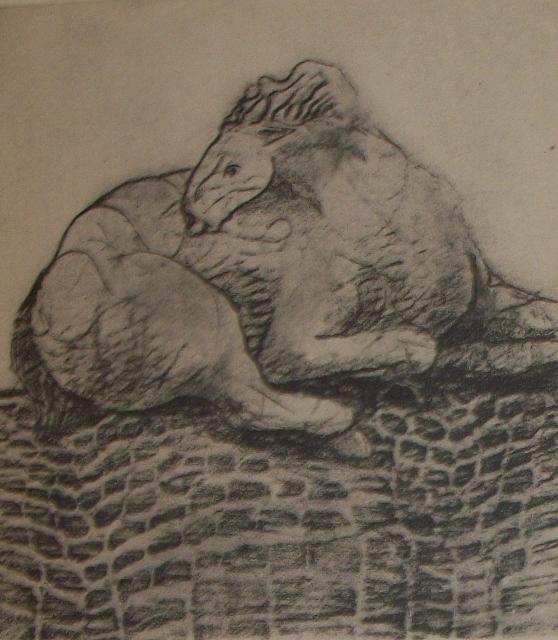
Max Ernst's Histoire Naturelle
Artist Max Ernst (1891-1976) embraced the Surrealist movement, and in the 1920's, exploring the surrealist principle of 'psychological automatism', he developed a unique drawing technique, of pencil rubbings on paper or canvas, he called frottage. His frottage drawings resulted in a series of works that later developed into one of his most famous artists' books, Histoire Naturelle. Ernst later applied a similar technique to his paintings, which he called grattage, or scrapings.
A film, Max Ernst by Peter Schamoni (1991), includes Ernst's own explanation and demonstration of how he developed this technique.
The title for his Histoire Naturelle, is directly inspired by the famous Naturalis Historia or the Natural History by Pliny the Elder (25-79 AD/CE). Pliny's Natural History was his last great work, and is believed to have been completed around 77 AD/CE. This work was really an encyclopedia of the natural world, not just Pliny's research and observations of nature, but also how the natural world related to and inspired Roman learning and culture.
The Sherman Art Library has later editions of both Max Ernst Histoire Naturelle (c1956), and Pliny's Natural History (1634-35).